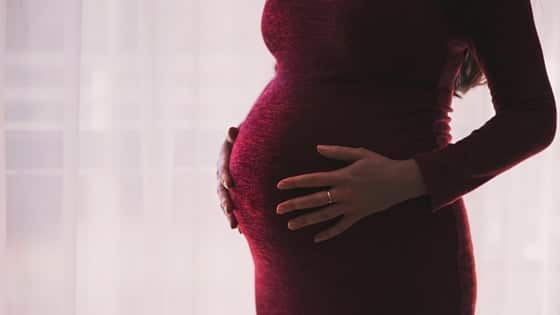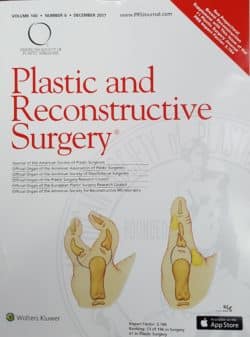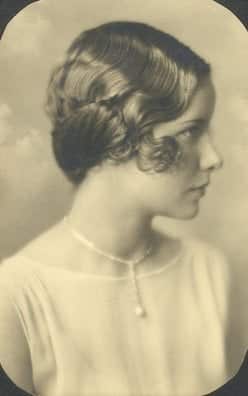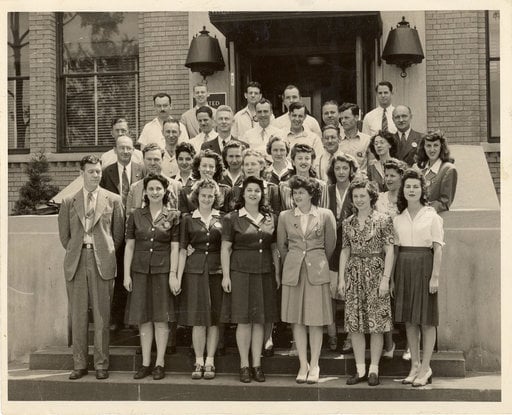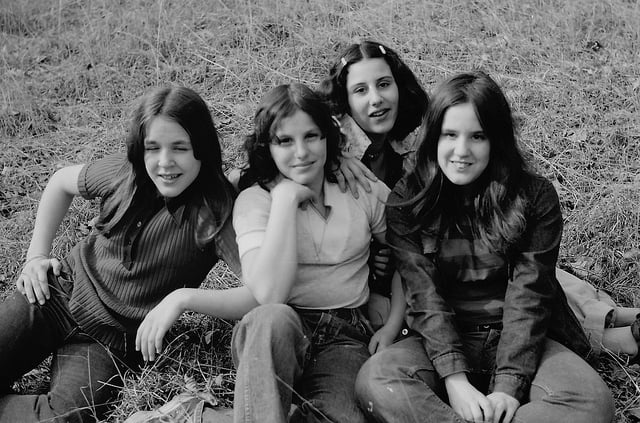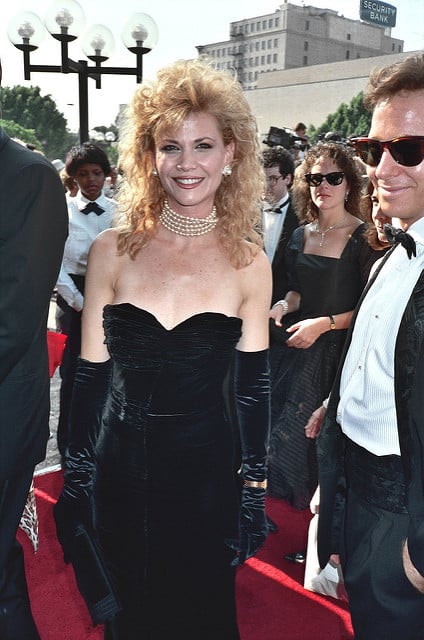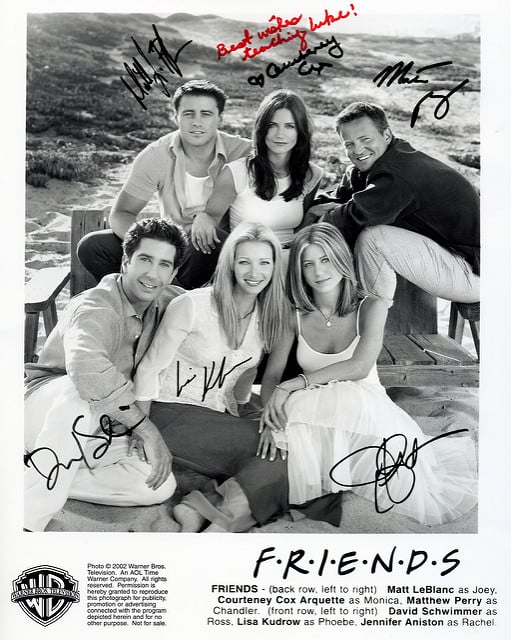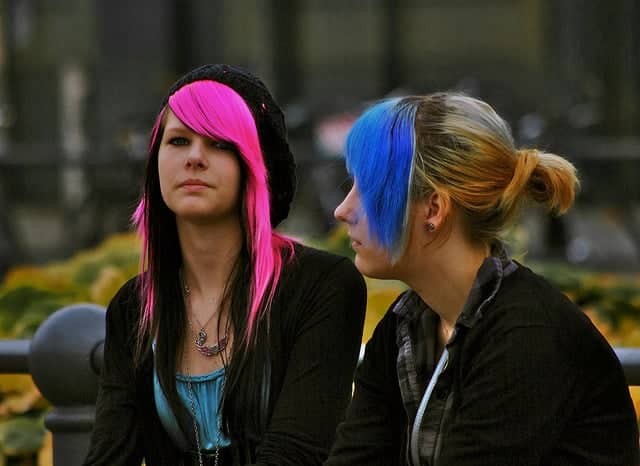In ancient times, most men and women were probably more worried about basic survival than dealing with the onset of baldness, but still – it sure would’ve been nice if they had had access to modern hair transplants. For all we know, they may well have tried.
According to the Daily Mail, archaeologists in Peru found 1,000-year-old skulls with holes neatly drilled into them and pieces precisely removed.

Whether the surgery was to improve the graying hair on their heads or the gray matter within their craniums is still uncertain, but this primitive method does illustrate how far we’ve come to get to today’s advanced levels of care and treatment available for people seeking hair implants and transplants. There’s minimal scarring, short recovery time, and plenty of confidence to gain from restoring the natural hair.
Across the globe, ancient Egyptians were also interested in maintaining or preserving their hair. How Stuff Works explained that researchers have found papyrus recipes designed for hair care, hair restoration, hair dyes, and a variety of dark-haired wigs.

The Roots of Modern-Day Hair Transplants
Most of our modern methods began in Germany in the early 1800s.
According to the International Society of Hair Restoration Surgery, the first modern hair transplantation took place in 1822, when dermatologist Johann Dieffenbach poked holes in his arm and inserted scalp hair follicles. His published findings showed that two of the hairs died instantly, two fell out later (which he blamed on an immune system reaction), and two took root and began growing. Dieffenbach worked on similar transplants most of his career and collaborated with another early alopecia researcher, Dom Unger.

Other researchers in the 19th and early 20th centuries continued to look for cures and surgical methods like larger grafts or skin flaps.
Grafts and Transplants in the 20th Century
In the 1920s up to the 1950s, Japanese dermatologists looked into grafts and transplants. Drs. Okuda, Tamura, Sasagawa and Fujita examined ways to remove and inject hair into different parts of the patient’s body. Further experiments included replacing eyebrows, arm hair, and pubic hair.
The rest of the world was unaware of these advances until Fujita shared his findings in the 1970s. But other researchers were continuing to investigate baldness and surgical ways to prevent or reverse it.
Discovery of Donor Dominance Leads to More Refined Methods
In the 1950s, Norman Orentreich found hairs were the most successful at taking root if they were transplanted from a hair-producing area to another hair-producing area. He arrived at his conclusion – which he called donor dominance – after experiments on more than 50 volunteers with alopecia. Donor dominance explains how transplanted hair from certain areas can continue to grow in a new environment or another recipient.

More importantly, his research shattered the common belief that genetics were always the culprit. Though genetics can affect your hair’s characteristics, pattern baldness is more due to your hair follicles reacting negatively to a common male hormone called DHT.
Orentreich went on to create the punch-graft method, where, instead of larger grafted strip of skin like doctors use today, many small holes were created for the different follicles to be planted and grow.
Though this technique offered encouraging results, a scalp with many holes was certainly noticeable. Richard Shiell’s “Review of Modern Surgical Techniques” called it an unnatural “doll look” since it really could resemble a doll with individually inserted strands of hair.
Following these breakthroughs, efforts continued to refine the transplant process, including determining the optimal size, location, and number of the donor grafts. A variety of mechanical tools were even developed to improve the quality and quantity of punch-grafts, but none of these caught on.
Considering a hair transplant? Contact us to discuss your options.

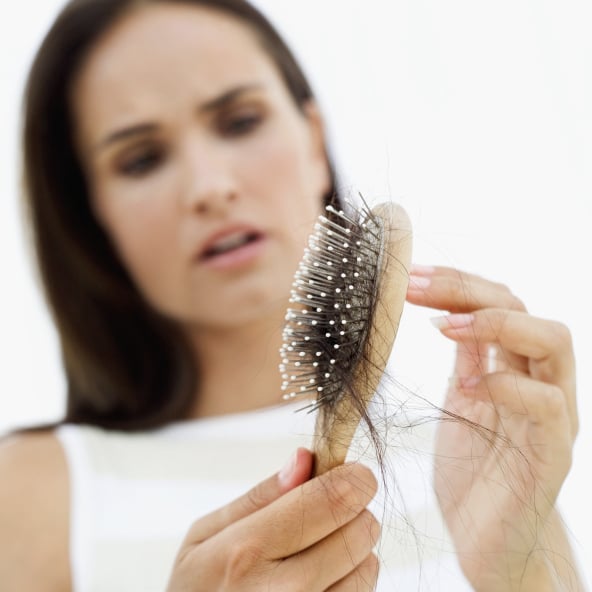
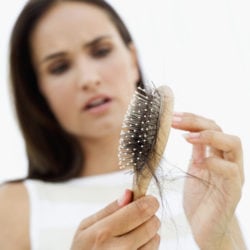 As easy as it is to think of men when you hear the term “balding,” the sad truth is that not every hair commercial is to be believed. Although us ladies love our luscious locks, we aren’t exempt from balding patterns—no matter how much time or product we spend on making sure our hair looks perfect.
As easy as it is to think of men when you hear the term “balding,” the sad truth is that not every hair commercial is to be believed. Although us ladies love our luscious locks, we aren’t exempt from balding patterns—no matter how much time or product we spend on making sure our hair looks perfect.